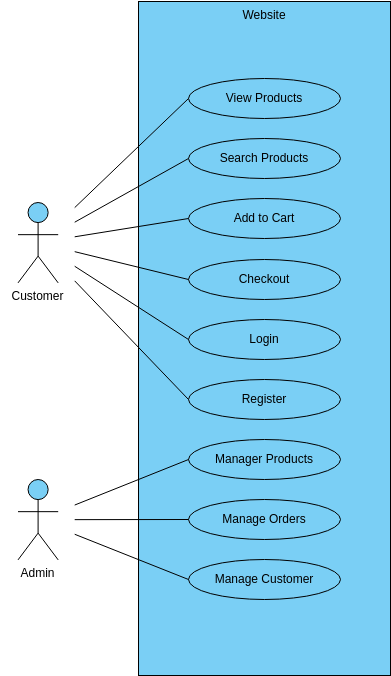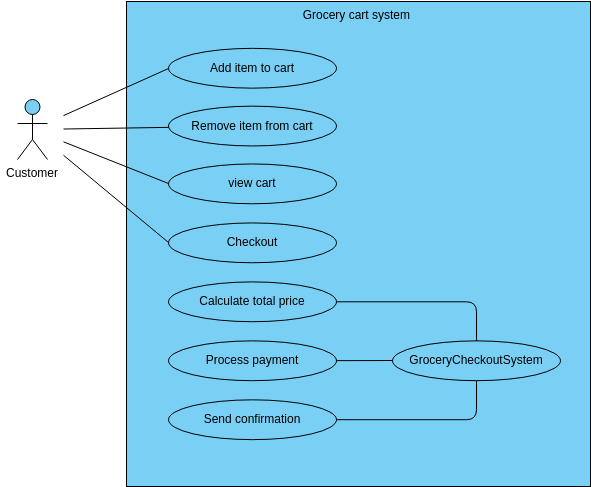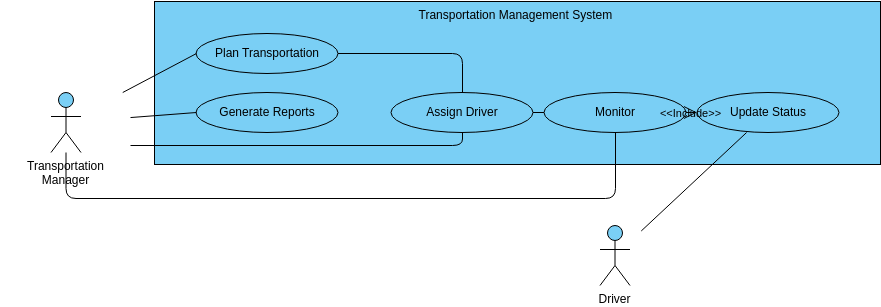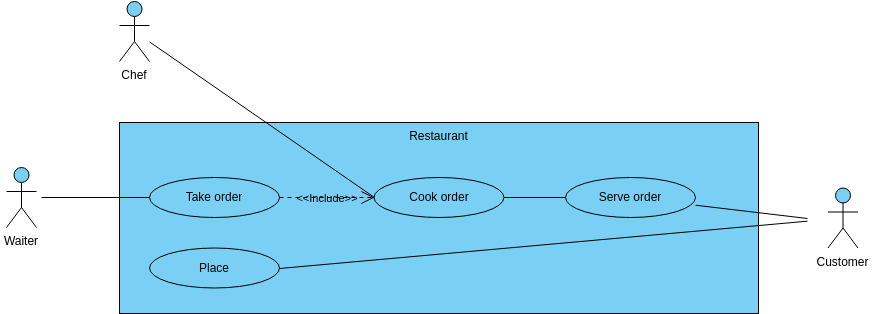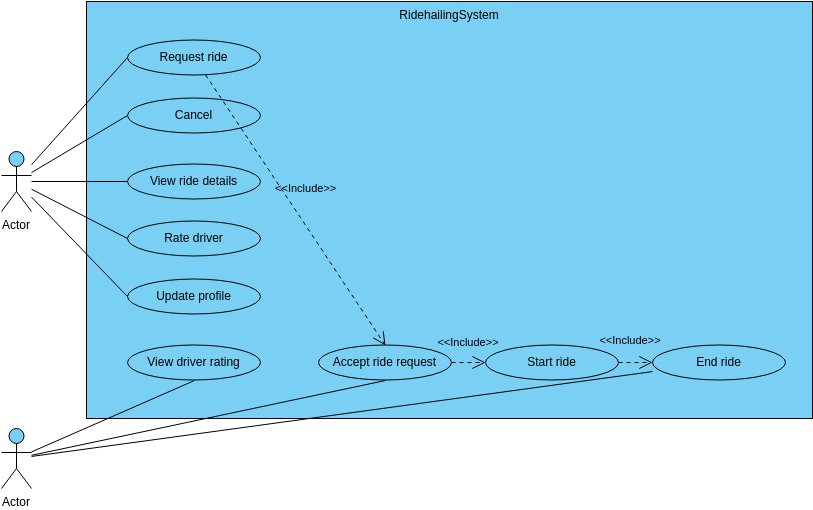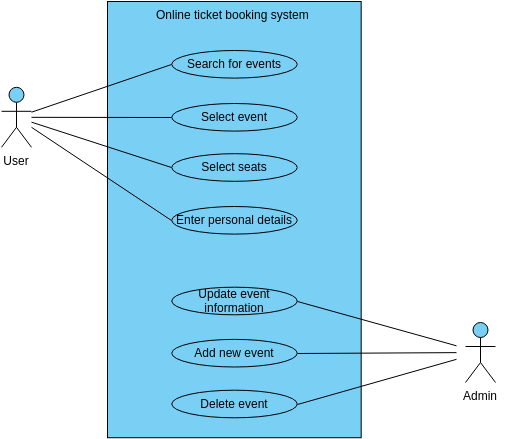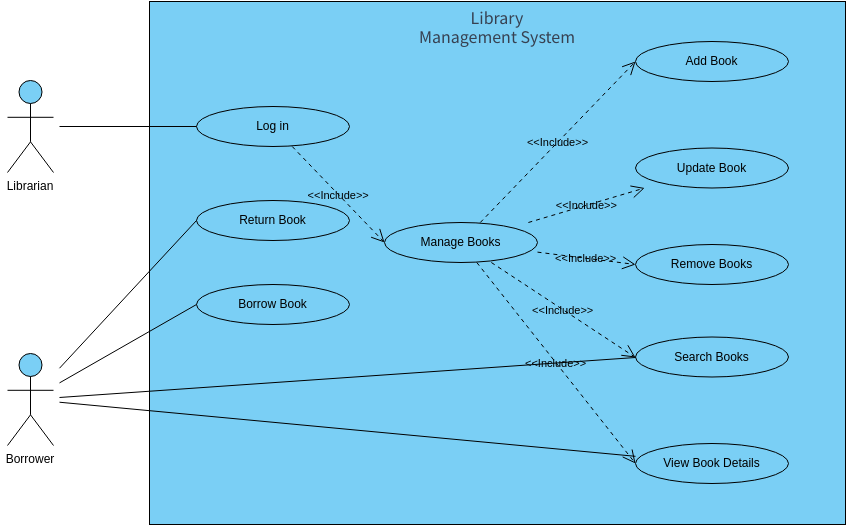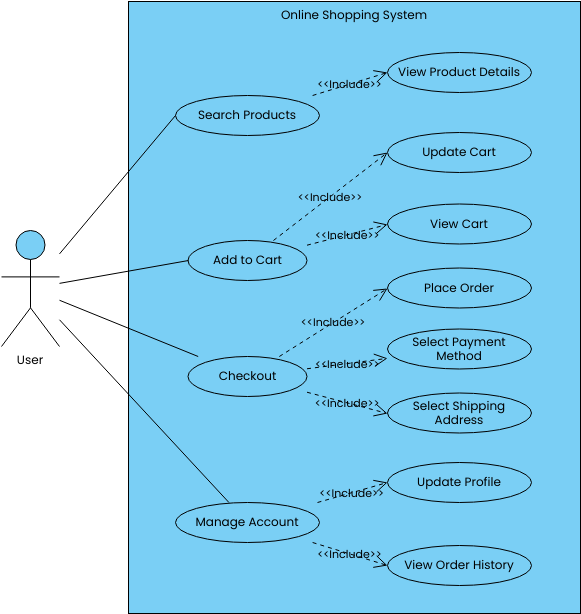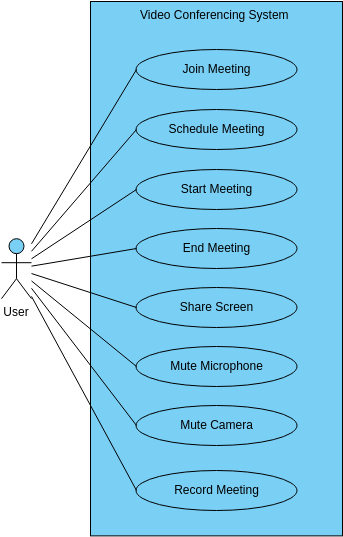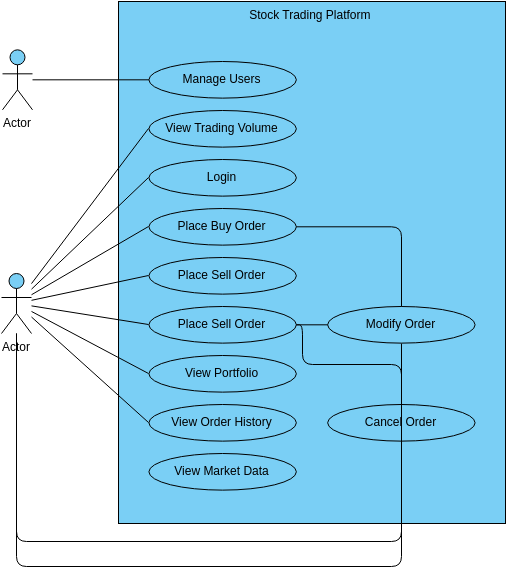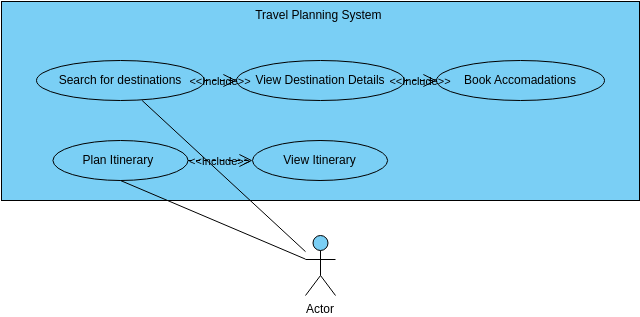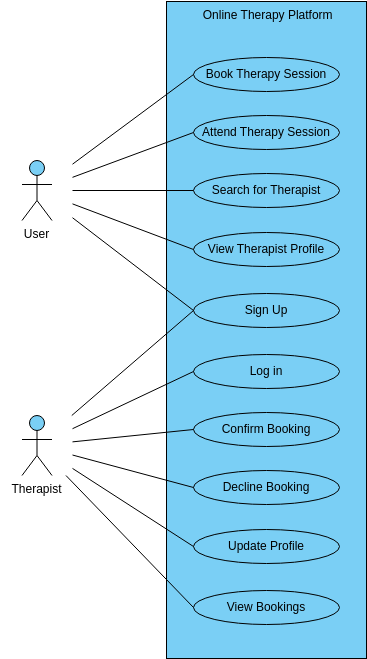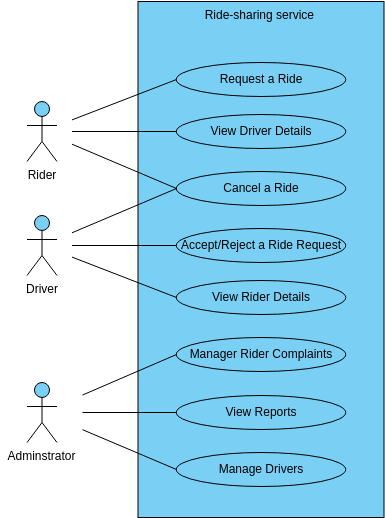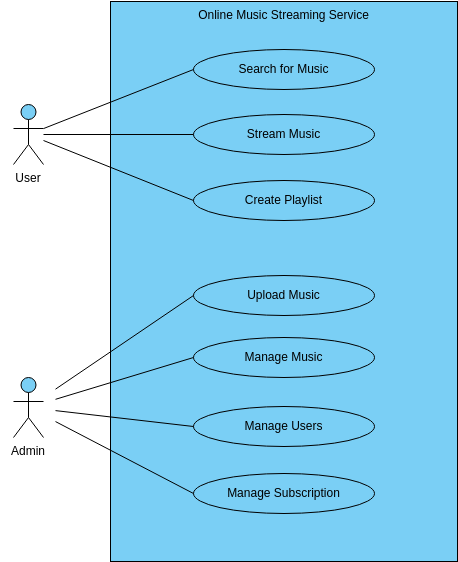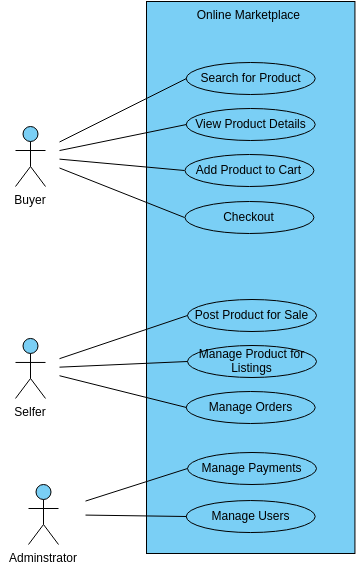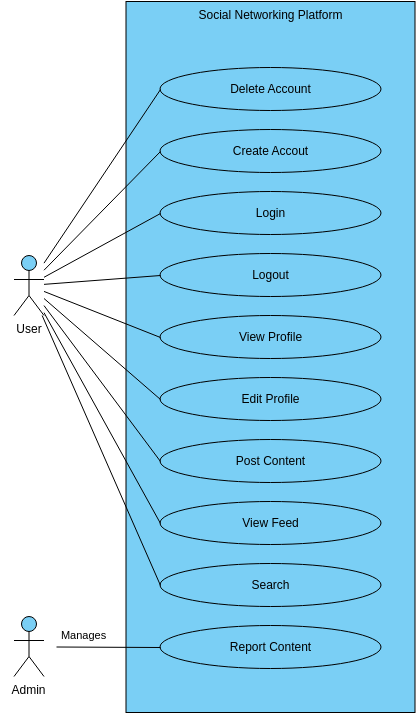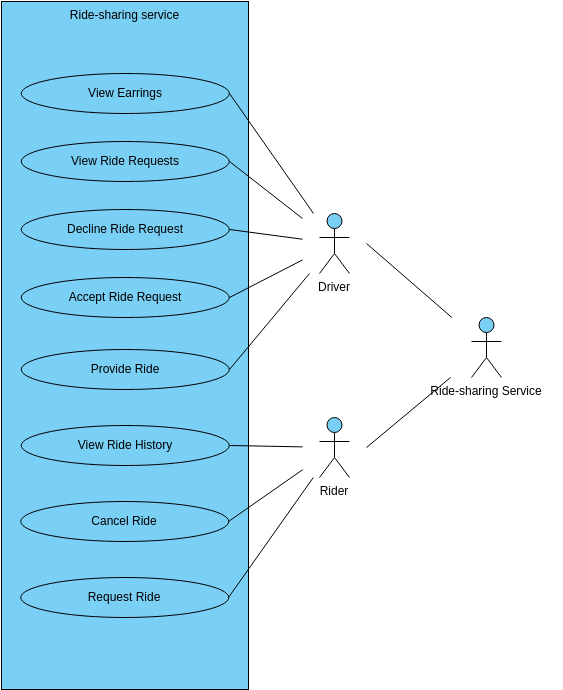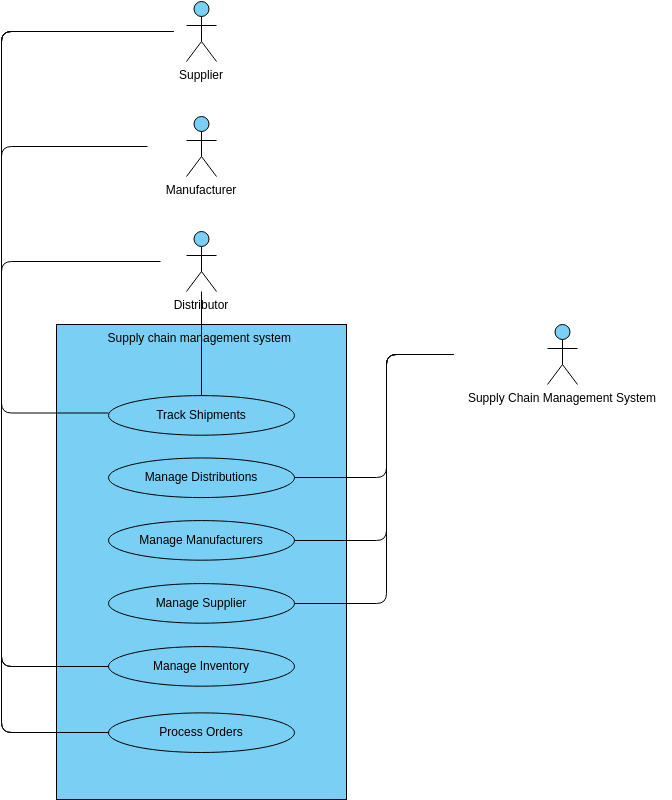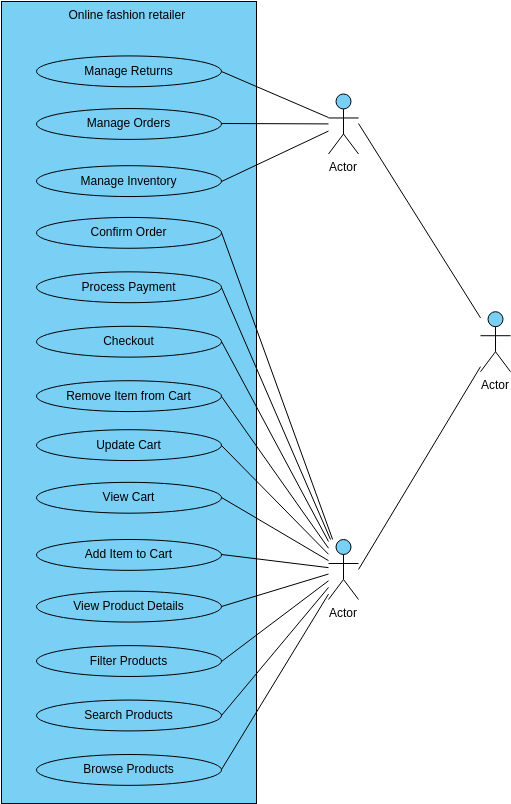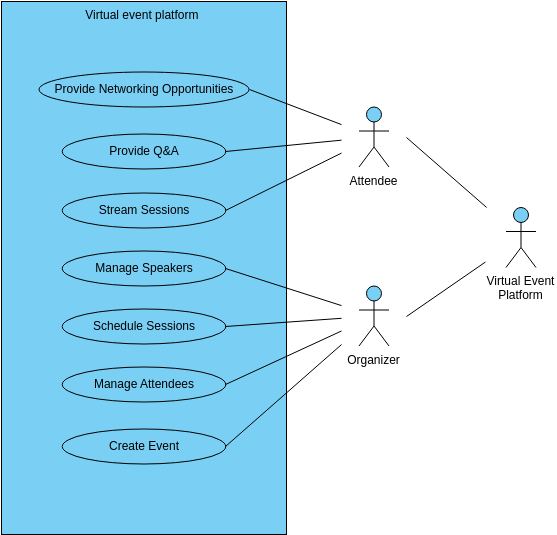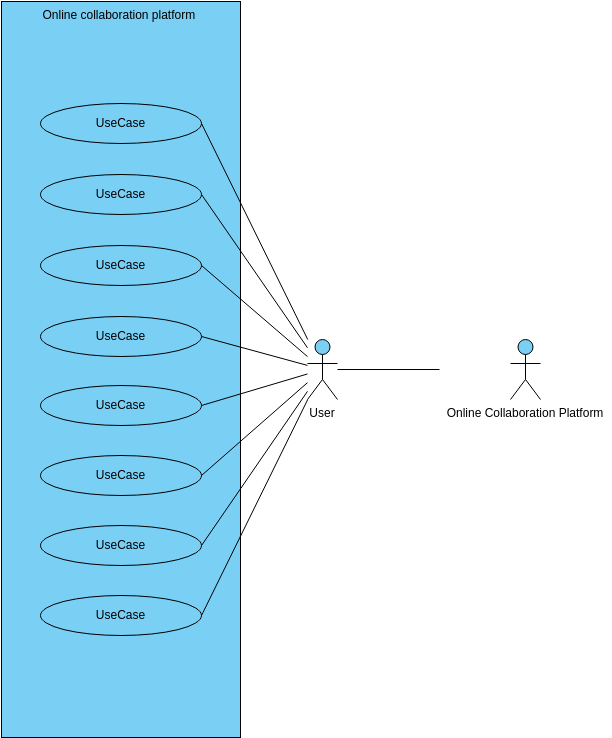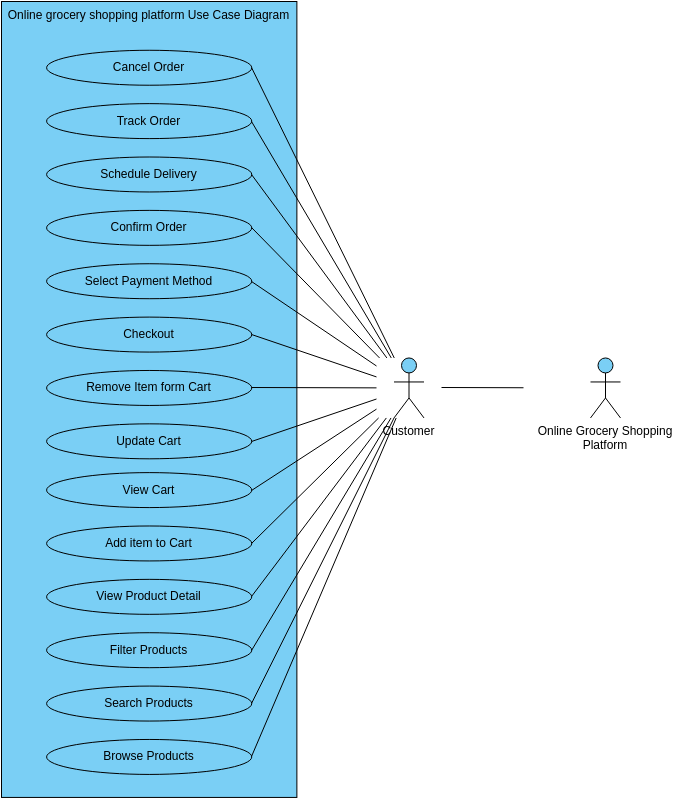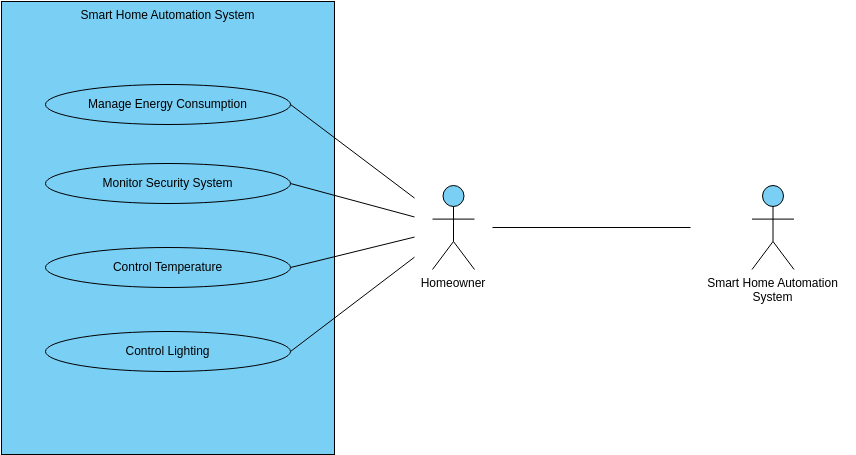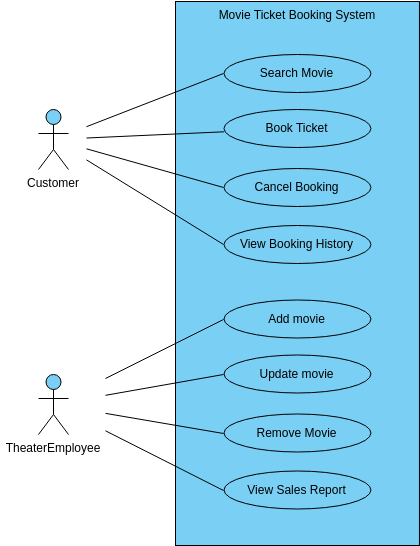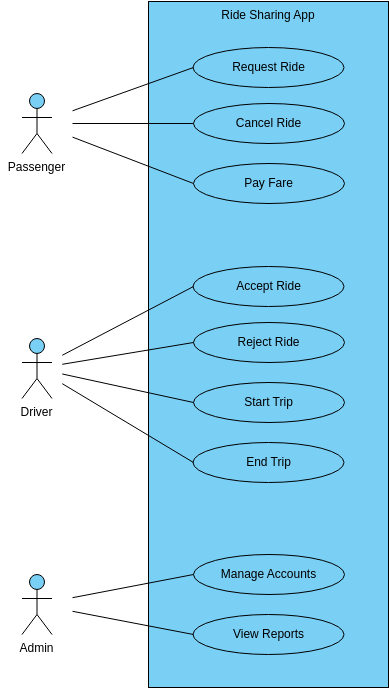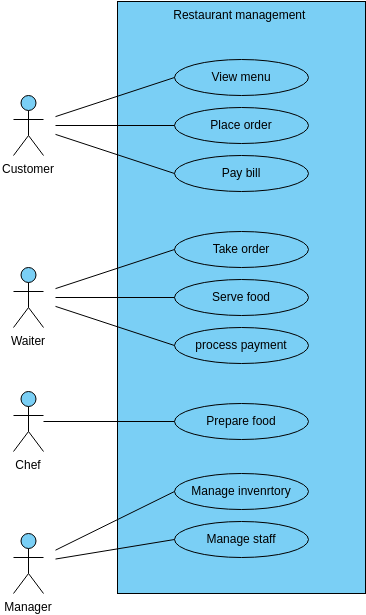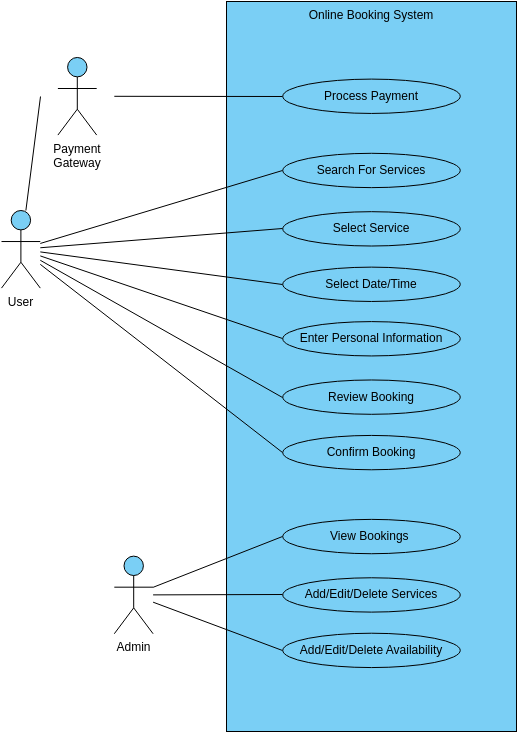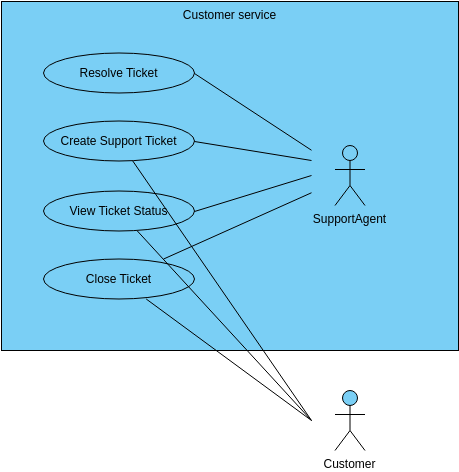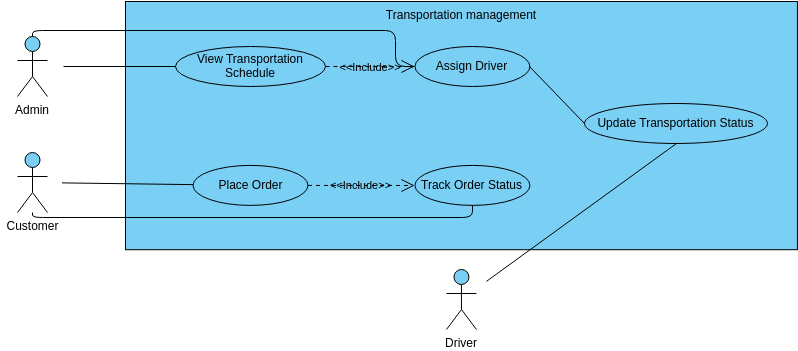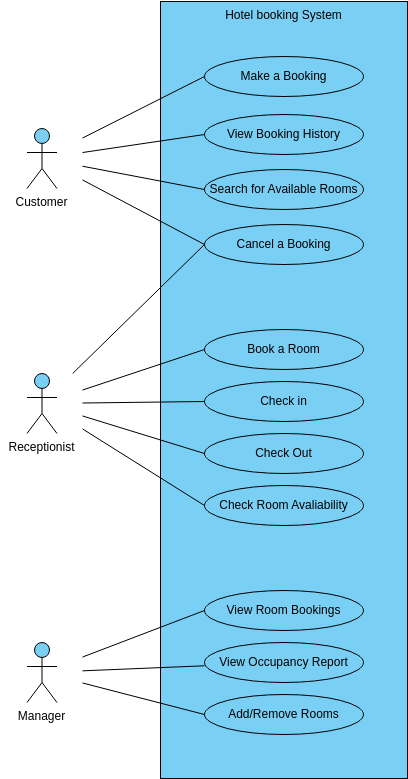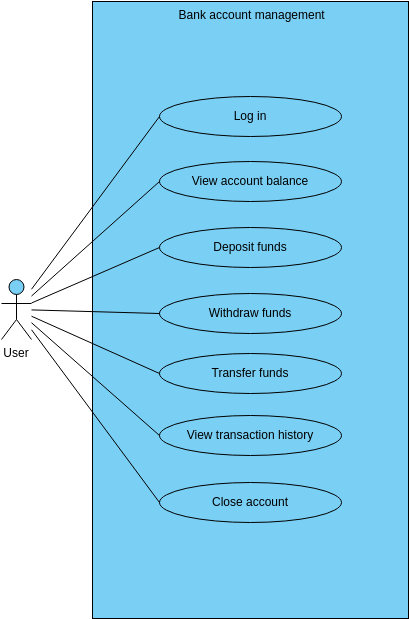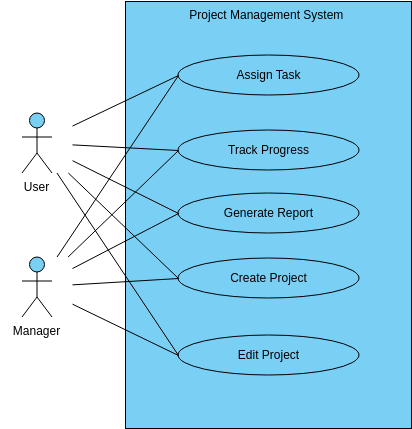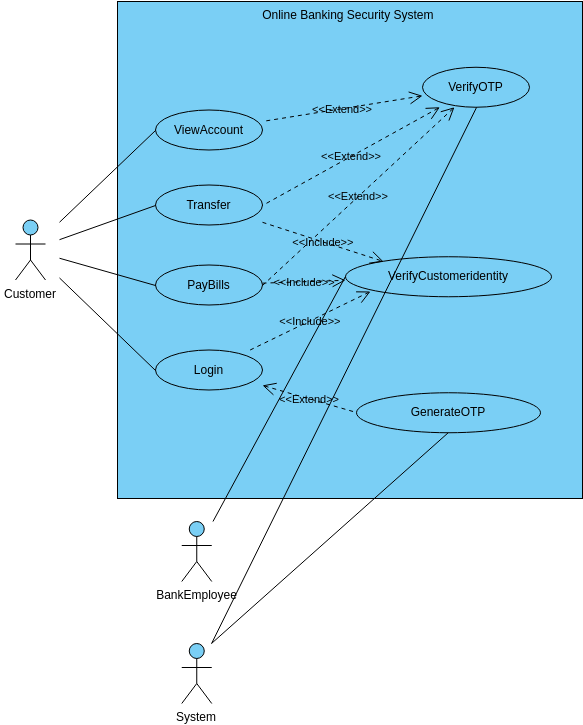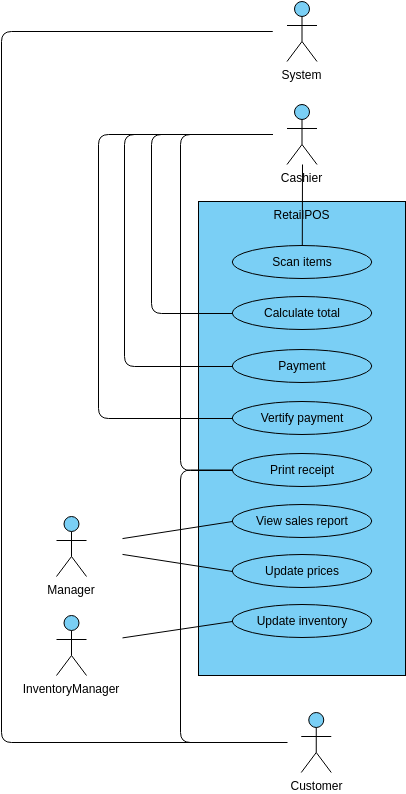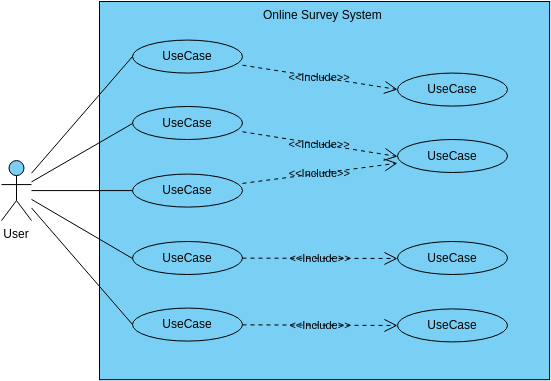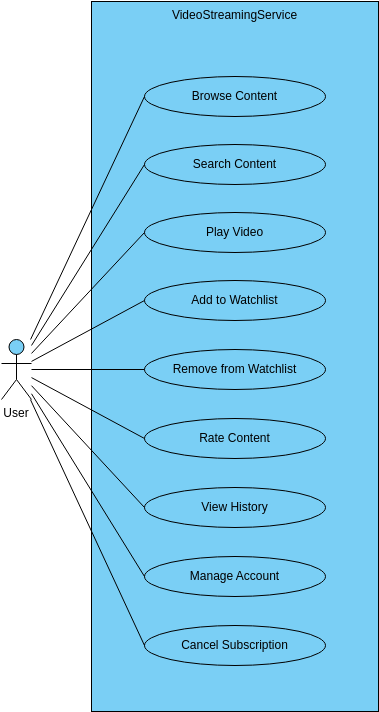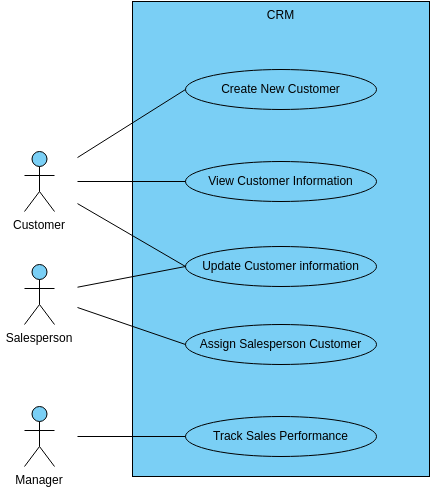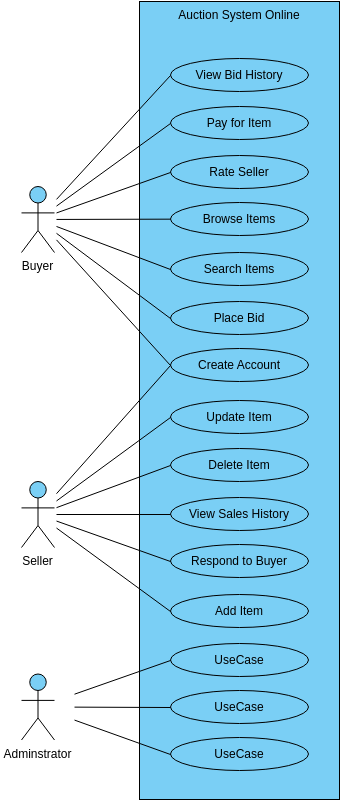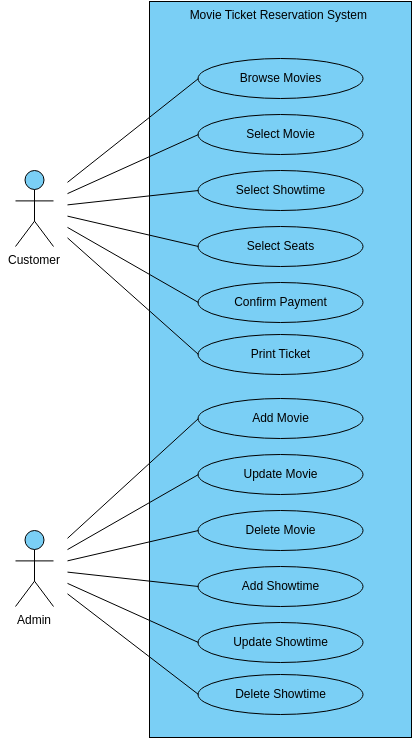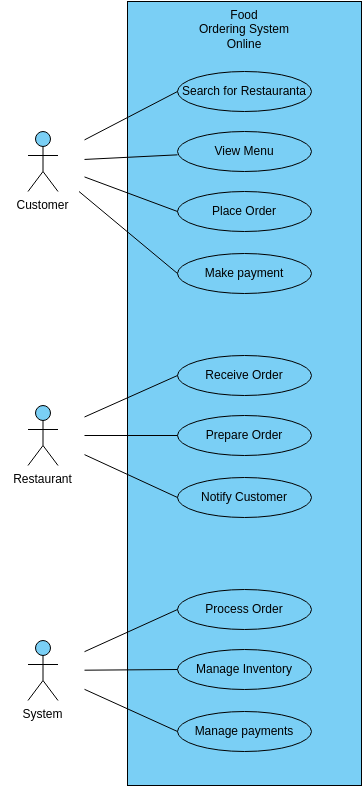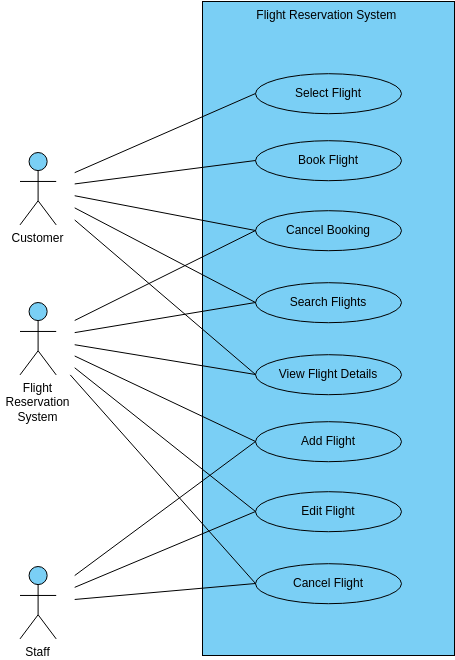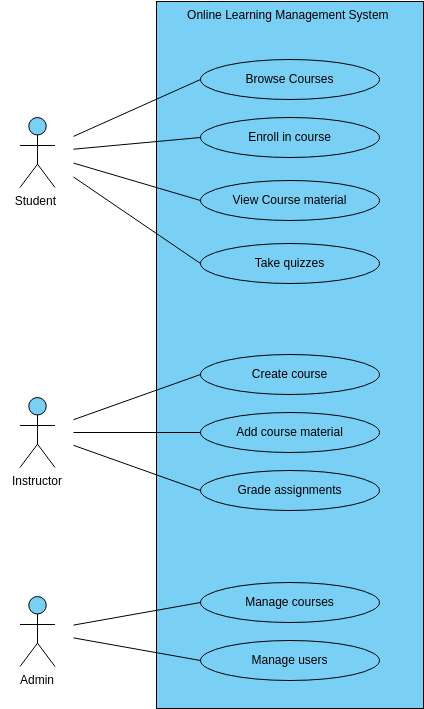E-commerce website
The E-commerce website is an essential platform for online shopping, providing a range of features that enable customers to browse, purchase, and manage products. The website provides a user-friendly interface that makes it easy for customers to find what they are looking for and complete transactions quickly and securely.
One of the primary features of the website is the ability to view products. This feature allows customers to browse a wide range of products, including clothing, electronics, and household items. Additionally, the website provides a search function that enables customers to find specific products according to their preferences.
The website also offers the ability to add products to a cart and checkout. Customers can add products to their cart and complete transactions securely using various payment methods, such as credit cards, PayPal, and others. This feature ensures that customers can complete transactions quickly and conveniently, without the need to visit a physical store.
Another essential feature of the website is the ability to manage products, orders, and customers. Website administrators can manage product information, such as prices, descriptions, and images, ensuring that customers receive up-to-date and accurate information. Additionally, administrators can manage orders and customers, providing support for customers who have questions or issues with their orders.
Finally, the website provides the ability to register and login. Customers can register for an account, providing personal and contact information that enables them to complete transactions quickly and securely. Additionally, customers can login to their accounts, enabling them to manage their orders, track shipments, and view order history.
In conclusion, the E-commerce website provides a range of features that enable customers to browse, purchase, and manage products efficiently and effectively. The website supports product viewing and search, cart management, checkout, and account management, providing a seamless experience for customers. The website is designed to be user-friendly and customizable, ensuring that customers can access and manage information according to their needs and preferences. The website also provides valuable insights into customer behavior and transactions, enabling website administrators to make informed decisions and improve customer service.
Benefits of creating this use case diagram
Creating a use case diagram for the E-commerce website provides several benefits for the project team and stakeholders. Firstly, the use case diagram helps to define the scope of the system and identify the key functionalities that it should provide. This makes it easier for the project team to prioritize tasks and allocate resources effectively. By understanding the needs and requirements of customers and website administrators, the team can develop a system that meets their expectations and provides a seamless user experience.
Secondly, the use case diagram helps to ensure that all stakeholders are on the same page when it comes to the system's functionality. This is important because stakeholders may have different expectations and interpretations of the system's scope. By clearly defining the system's functionalities and use cases, the project team can ensure that all stakeholders have a common understanding of what the system will do and how it will work. This can reduce misunderstandings and prevent delays or mistakes in the development process.
Searching for some use case diagram templates? Go to Visual Paradigm Online and select some designs for customization now!
